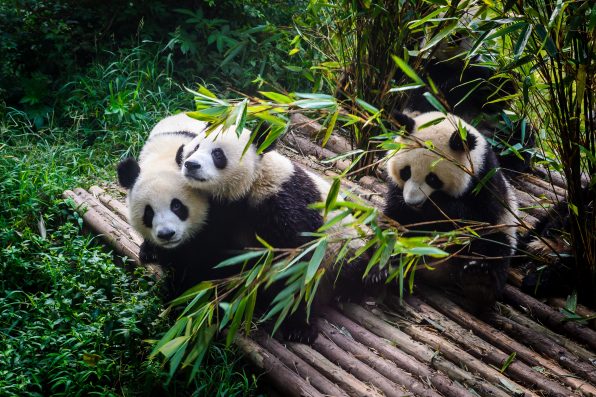At a site called Hammerschmiede in southern Germany, paleontologists have uncovered fossils from about 11.5 million years ago during the Miocene period.
To date, the only species of bear discovered at the site was a relative of the modern giant panda. Its diet did not consist entirely of bamboo, as you might have expected. Instead, it was more like the mixed diet of brown bears today.
A research team led by Madelaine Böhme from the Senckenberg Center for Human Evolution and Paleoenvironment at the University of Tübingen looked into the dietary habits of 28 predatory species from Hammerschmiede that have since gone extinct. During their studies, they made the discovery of how the giant panda had an omnivorous ancestor.
The site became well-known in 2019 after the remains of a roughly 11.5-million-year-old great ape that was adapted to walking upright were found. The latest excavations yielded a total of 166 fossilized species.
Kretzoiarctos beatrix is the only bear species in Hammerschmiede. It is considered to be the oldest ancestor of the modern giant panda because its teeth are very similar to those of pandas.
Kretzoiarctos beatrix was smaller than the brown bears of today, but it weighed over 220 pounds.
“Today’s giant pandas are part of the group of carnivores in the zoological taxonomy, but in fact, they live exclusively on plants. They’ve specialized in a hard vegetable diet, specifically of bamboo,” said Dr. Nikolaos Kargopoulos, the lead study author from the University of Tübingen and the University of Cape Town.
The new findings helped shed some light on how giant pandas went from being carnivores to strictly herbivores.
The research team analyzed the teeth of Kretzoiarctos to determine its diet. They looked for any scratches and pits on the teeth caused by contact with food particles. These characteristics can offer clues about the animal’s dietary habits shortly before its death.

Sign up for Chip Chick’s newsletter and get stories like this delivered to your inbox.


